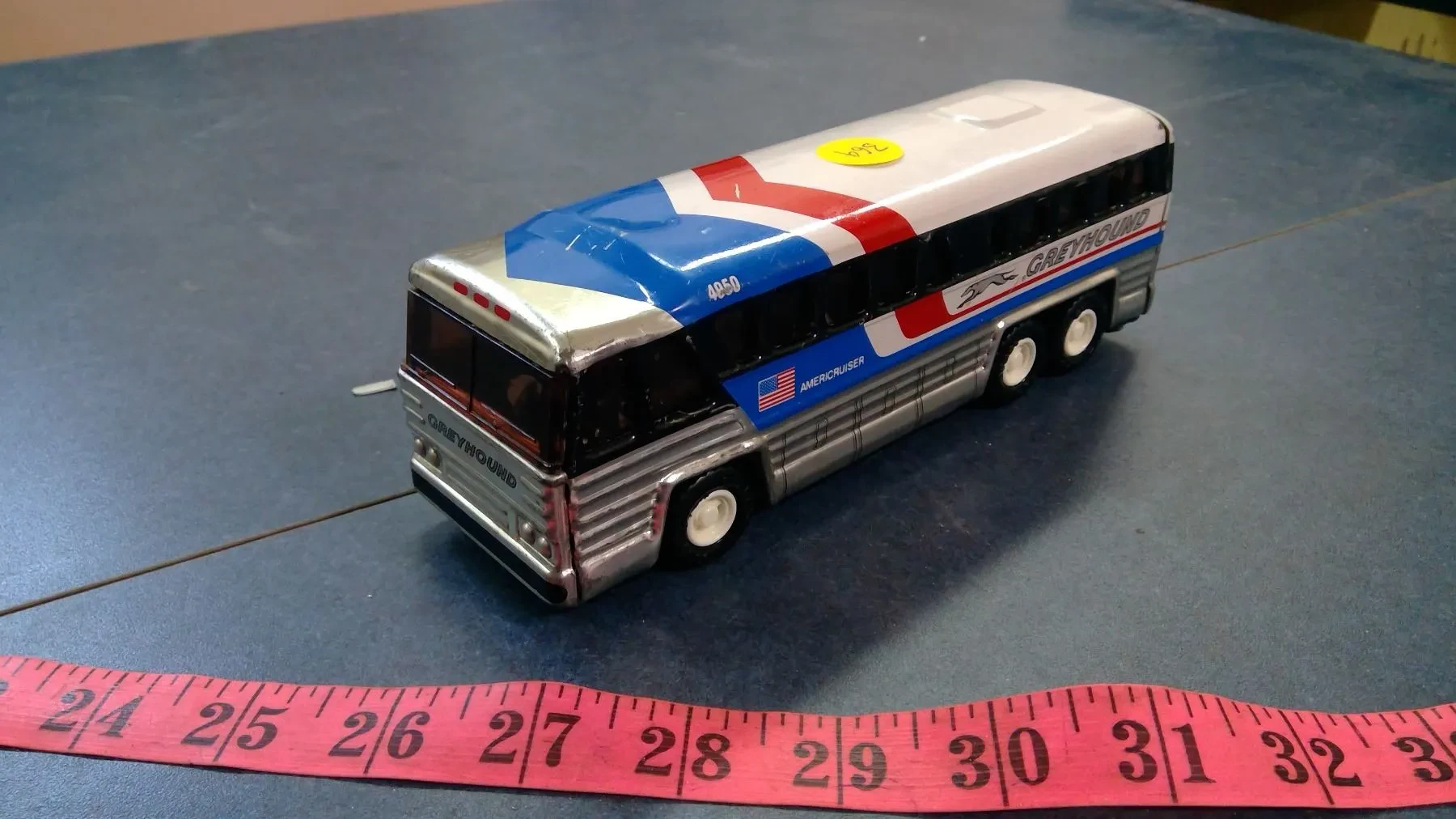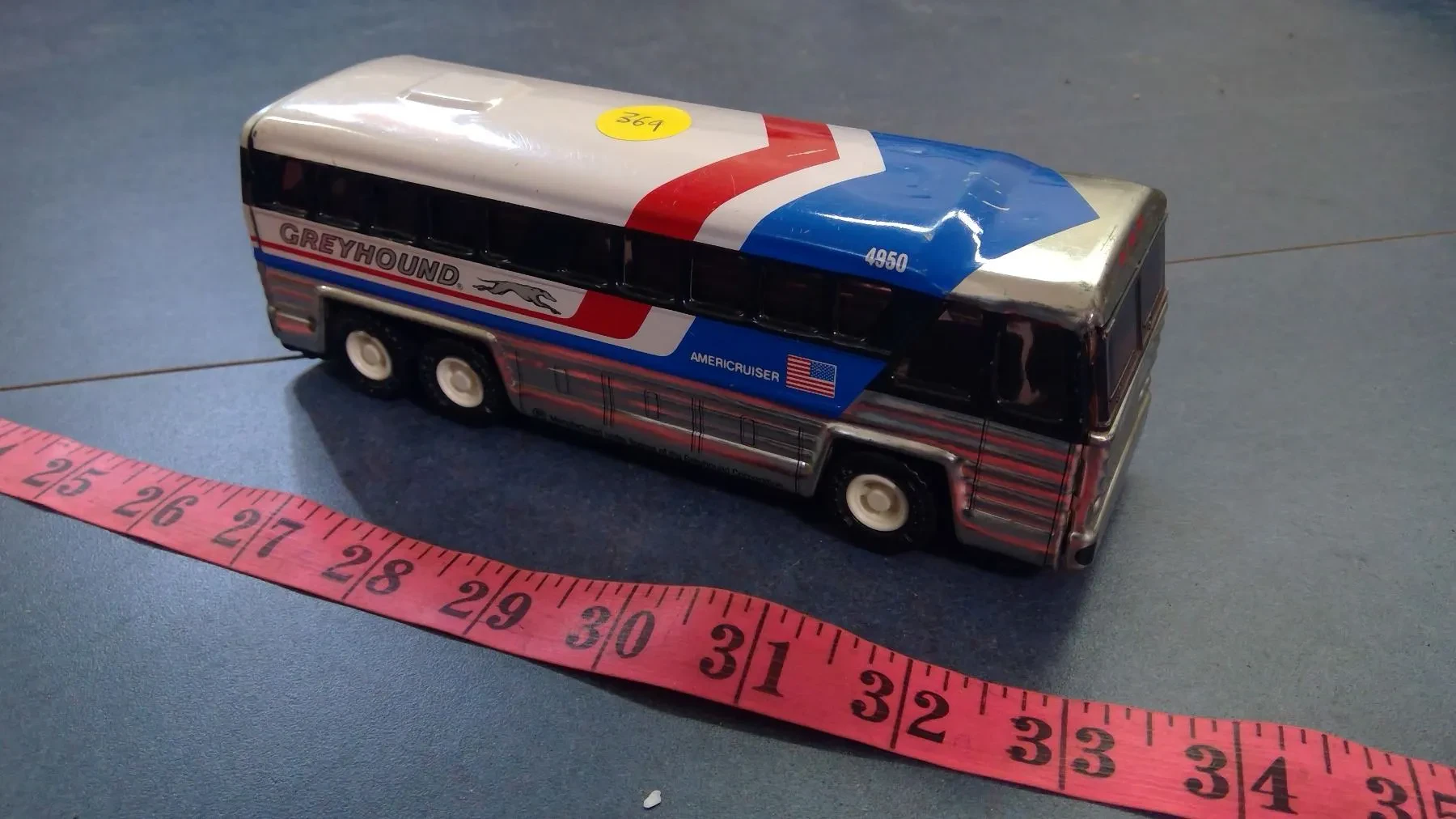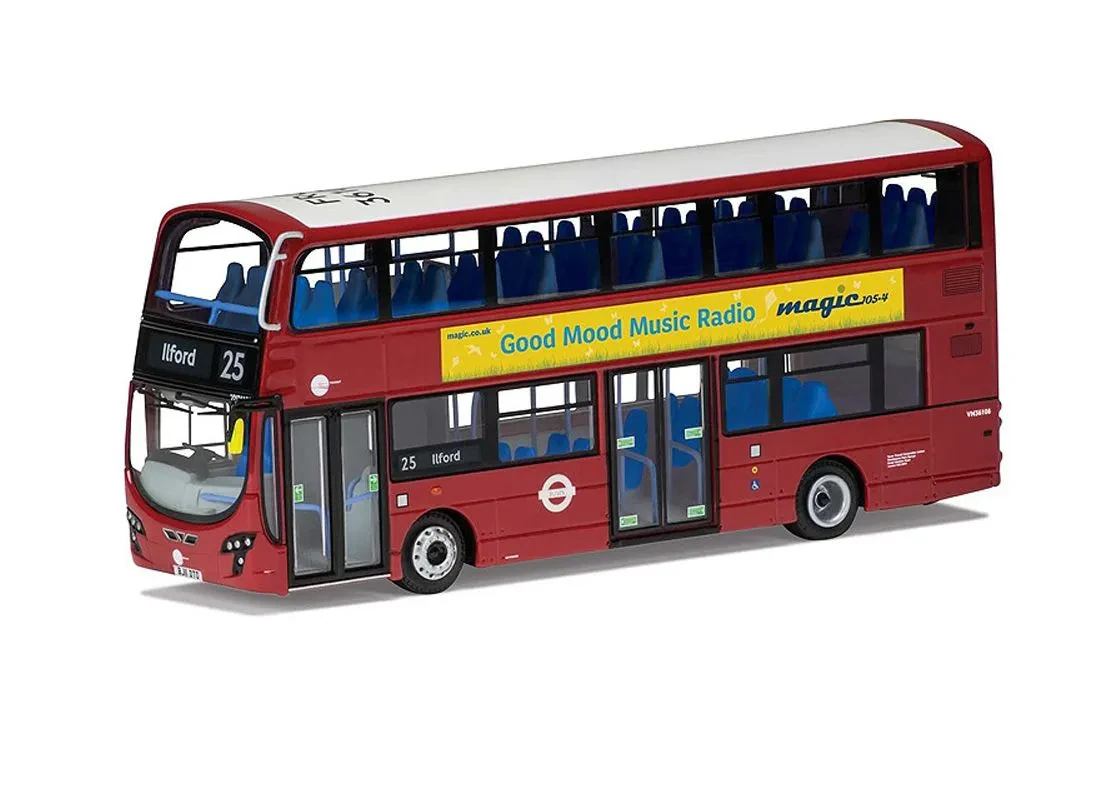So, you’re a bus enthusiast, a diecast collector, or maybe just someone who wants a really cool miniature version of something you love? Well, get ready to dive into the fascinating world of custom diecast buses! It’s more than just collecting; it’s about creating a tiny reflection of yourself, your city, or even your wildest imagination.

What Exactly Is a Custom Diecast Bus?
Simply put, a custom diecast bus is a model bus that has been modified from its original factory state. This can involve anything from a simple repaint to a complete overhaul, including adding new details, changing the livery (that’s the paint scheme and markings), or even altering the physical structure of the bus. Think of it as taking a blank canvas (or, you know, a pre-made bus) and turning it into a miniature masterpiece.
The possibilities are truly endless. You could recreate a bus from your childhood, design a fictional transit authority for a fantasy city, or even create a miniature version of a real-life bus that’s special to you. It’s all about expressing your creativity and passion through these little metal marvels.
Why Go Custom?
Why not go custom? Okay, okay, I’ll give you a few good reasons. First, it allows you to own something truly unique. In a world of mass-produced items, a custom diecast bus stands out. It’s a conversation starter, a piece of art, and a testament to your individual taste.
Second, it’s incredibly rewarding. The process of designing, building, and finishing your own custom bus can be incredibly satisfying. You’ll learn new skills, develop your artistic eye, and end up with a tangible representation of your hard work and creativity.
Third, it’s a great way to connect with other enthusiasts. The custom diecast community is full of passionate and knowledgeable people who are always willing to share their tips, tricks, and experiences. You can find inspiration, learn new techniques, and even collaborate on projects with fellow collectors.

Getting Started: Your Custom Diecast Bus Journey
Ready to embark on your custom diecast bus adventure? Here’s a roadmap to guide you along the way:
- Find a Base Model: Start with a diecast bus model that you like. Look for the right scale, body style, and overall quality. Common scales are 1:43, 1:64, and 1:87.
- Plan Your Design: What kind of bus do you want to create? Sketch out your design, research color schemes, and gather reference photos. The more detail you put into your planning, the better your final product will be.
- Gather Your Supplies: You’ll need a variety of tools and materials, including paint, masking tape, decals, sandpaper, and brushes. A rotary tool (like a Dremel) can also be helpful for more advanced modifications.
- Disassembly: Carefully take apart the bus, separating the body, chassis, wheels, and windows. This will make it easier to paint and modify each component.
- Preparation: Clean the body with soap and water, then sand it down to create a smooth surface for painting. Use masking tape to protect any areas you don’t want to paint.
- Painting: Apply several thin coats of paint, allowing each coat to dry completely before applying the next. Use an airbrush for the best results, but spray cans can also work well.
- Decals and Details: Apply decals to add logos, numbers, and other details. You can purchase pre-made decals or create your own using a computer and printer.
- Reassembly: Carefully reassemble the bus, making sure all the parts fit together properly. Use glue if necessary to secure any loose pieces.
- Finishing Touches: Add any final details, such as weathering effects, interior modifications, or custom accessories.
Essential Tools and Materials
Here’s a more detailed look at the tools and materials you’ll need:
- Diecast Bus Model: Your starting point!
- Paint: Acrylic or enamel paints are commonly used. Choose colors that match your desired livery.
- Primer: Helps the paint adhere to the metal surface.
- Clear Coat: Protects the paint and decals and adds a glossy or matte finish.
- Masking Tape: Crucial for creating clean lines and protecting areas you don’t want to paint.
- Sandpaper: For smoothing the surface of the bus body.
- Brushes: For applying paint and details.
- Decals: Either pre-made or custom-printed.
- Glue: For reassembling the bus and securing small parts.
- Rotary Tool (Optional): For cutting, grinding, and polishing.
- Hobby Knife: For trimming decals and other fine details.
- Tweezers: For handling small parts and decals.
Tips and Tricks for Custom Diecast Bus Success
Here are some pro-tips to help you create a stunning custom diecast bus:
- Take your time: Rushing the process can lead to mistakes and a less-than-satisfactory result.
- Practice on scrap metal: Before working on your bus model, practice your painting and detailing techniques on a piece of scrap metal.
- Use reference photos: The more accurate your reference photos, the more realistic your custom bus will be.
- Thin your paints: Thinning your paints will help them flow more smoothly and prevent them from clogging your airbrush or brushes.
- Apply multiple thin coats: This will create a smoother, more even finish than applying one thick coat.
- Let the paint dry completely: Before applying the next coat of paint or decals, make sure the previous coat is completely dry.
- Use a decal setting solution: This will help the decals conform to the contours of the bus body.
- Don’t be afraid to experiment: Custom diecast buses are all about creativity, so don’t be afraid to try new techniques and ideas.

Finding Inspiration and Resources
Need some inspiration? Check out online forums, social media groups, and diecast model websites. You’ll find tons of examples of custom diecast buses to get your creative juices flowing. Many online stores also sell custom decals, parts, and accessories.
YouTube is your friend! Search for tutorials on painting, weathering, and decal application. You’ll find plenty of helpful videos that can guide you through the process.
Don’t hesitate to ask for help! The custom diecast community is generally very supportive and welcoming. If you’re stuck on a particular problem, reach out to other collectors for advice.
The 2024 Diecast Bus Scene and Beyond
The custom diecast bus hobby is constantly evolving. New techniques, materials, and technologies are emerging all the time. In 2024, we’re seeing even more emphasis on realism, with collectors using 3D printing and other advanced methods to create incredibly detailed models. The creativity and craftsmanship within the hobby continues to amaze and inspire. The future of custom diecast buses looks bright, with endless possibilities for innovation and expression.
Whether you’re a seasoned collector or a complete beginner, custom diecast buses offer a unique and rewarding way to express your passion for buses and model making. So, grab a bus, gather your supplies, and let your creativity run wild! You might just surprise yourself with what you can create.
Now go forth and create some awesome miniature buses!
